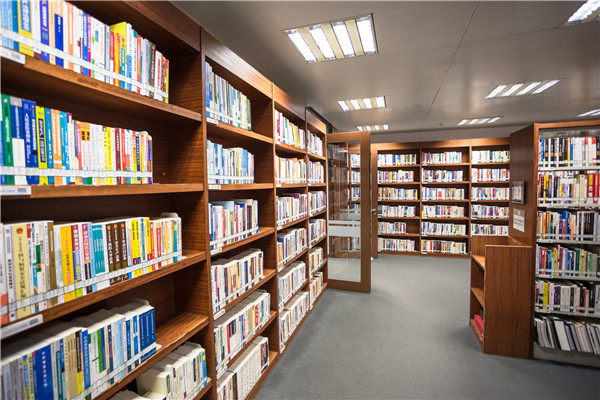 来源@视觉中国
来源@视觉中国
The National Library of China or NLC in Beijing is the national library of the People's Republic of China. With a collection of over 33,78 million items, it is the largest library in Asia and one of the largest in the world. It holds the largest collections of Chinese literature and historical documents in the world.
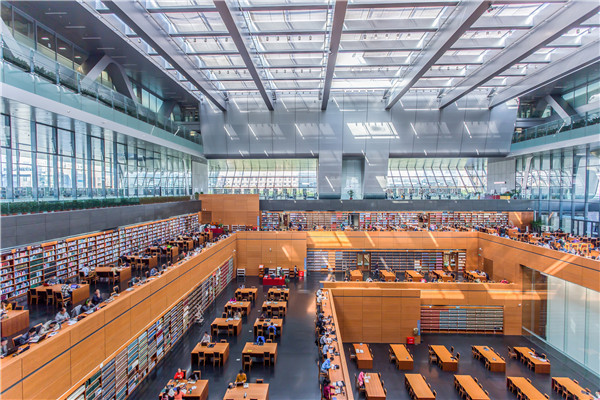 来源@视觉中国
来源@视觉中国
The forerunner of the National Library of China, the Imperial Library of Peking, was founded on 9 September 1909 by the government of the Qing dynasty. It was first formally opened after the Xinhai Revolution, in 1912. In 1916, the library received depository library status. In July 1928, its name was changed to National Peiping Library and was later changed to the National Library.
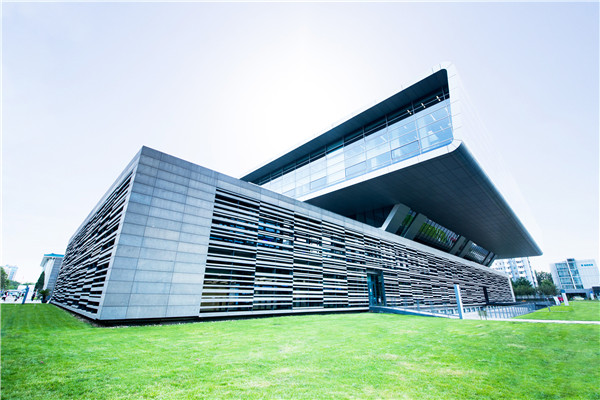 来源@视觉中国
来源@视觉中国
The National Library of China's collection is the largest in Asia.Its holdings of more than 33,78 million items (by 2014) also make it one of the world's largest libraries. It houses official publications of the United Nations and foreign governments and a collection of literature and materials in over 115 languages.The library contains inscribed tortoise shells and bones, ancient manuscripts, and block-printed volumes. Among the most prized collections of the National Library of China are rare and precious documents and records from past dynasties in Chinese history.
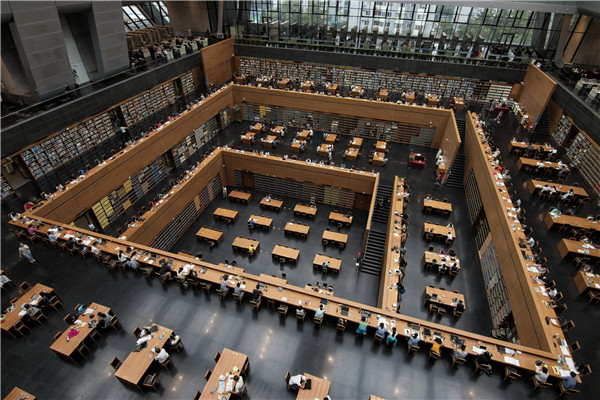 来源@视觉中国
来源@视觉中国
The original collection of the Metropolitan Library was assembled from several sources. In 1909 the imperial court gave the library the only surviving complete copy of theSiku Quanshu (Complete Books of the Four Treasuries), an enormous compilation completed in 1782 that had been made in only four copies. That copy had been held at theWenjin Pavilion of the Imperial Summer Resort in Chengde. On orders from the Qing Ministry of Education, the ancient books, archives, and documents of the Grand Secretariat were also transferred to the new library. So was the collection of the Guozijian or Imperial University, an institution that had been dismantled in 1905 at the same time as the imperial examination system.These imperial collections included books and manuscripts dating to the Southern Song (1127–1279).The content of three private libraries from the Jiangnan area were donated under the supervision of Duanfang, the viceroy of Liangjiang, and the Ministry arranged for the transfer fromGansu of what remained of the Dunhuang manuscripts. Finally, the court made great efforts to obtain rubbings of rare inscriptions on stone or bronze.
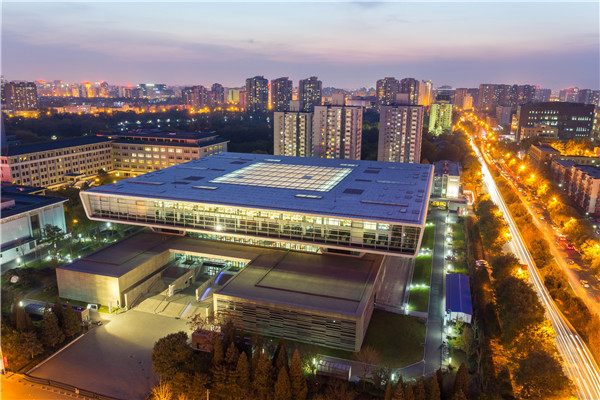 来源@视觉中国
来源@视觉中国
Source: en.wikipedia.org



